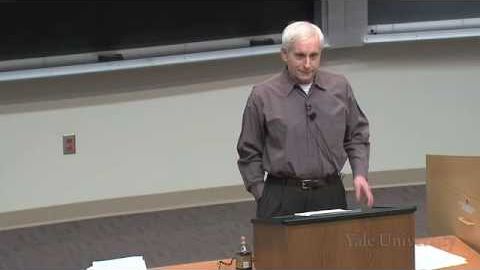12.12.人間と環境への影響 (12. Human and Environmental Impacts)
mike が 2021 年 01 月 14 日 に投稿  この条件に一致する単語はありません
この条件に一致する単語はありませんUS /ˈbesɪkəli,-kli/
・
UK /ˈbeɪsɪkli/
- n. (c./u.)(同じ文化を共有する)民族;人々;人々;親族;社員
- v.t.居住する
- n. pl.人々
- n. (c./u.)人間社会;世界;世界;宇宙;分野
エネルギーを使用
すべての単語を解除
発音・解説・フィルター機能を解除

